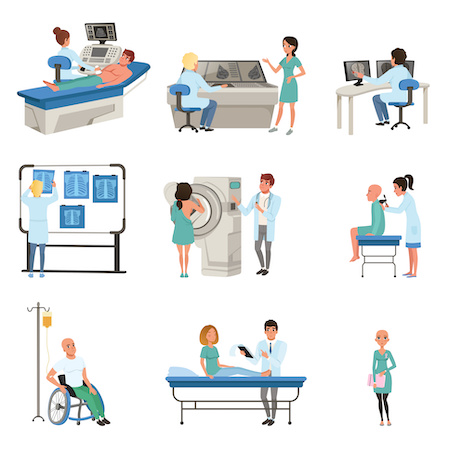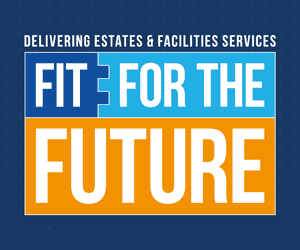In a statement in the House of Commons yesterday, the Health and Social Care Secretary Sajid Javid confirmed that rethinking the way care is provided will be one of four key strategies to start to reduce the growing backlog for elective care as a result of the pandemic.
“This new chapter for the NHS provides an opportunity to radically rethink and redesign how services are delivered,” Mr Javid said. This will mean increasing the use of Community Diagnostic Centres and Surgical Hubs as a core part of the Elective Care Plan.
Prior to the pandemic, over 96% of people needing a diagnostic test received it within six weeks, but this figure has now fallen to 75%. The Health Secretary confirmed the aim is to recover that figure to 95% by March 2025, largely by increasing the number of Community Diagnostic Centres from the 69 that are currently up and running to at least 100 over the next three years.
At the same time, the use of Surgical Hubs – dedicated to carrying out planned, elective surgeries - will also be expanded. These will allow more surgeries to be carried out in a single day than in a typical outpatient setting, enabling operations to be fast-tracked and meaning patients are more likely to go home on the same day. Surgical Hubs have already been trialled and will now be rolled-out across the country.
Staffing is a critical issue across the NHS, which Mr Javid acknowledged with a pledge to increase the workforce with the recruitment of 10,000 more international nurses in this financial year and an additional 5,000 healthcare support workers. There are also plans for the continued deployment of 17,000 NHS reservists in eight pilot schemes and this programme will be rolled out nationally as a new contingency staffing models. There will also be support for Trusts to make temporary staffing banks more attractive so staff can take on extra shifts, and more mental health support.
The Elective Care Plan states that work has already begun with HEE and other professional bodies on strengthening career pathways and increasing supply for theatre staffing and developing the workforce model for Community Diagnostic Centres.
However, there are renewed calls for a proper workforce strategy. “Workforce shortages and the resulting unsustainable workloads on existing staff, are the biggest challenges facing Trusts right now. We need urgent national action to tackle this,” says
Saffron Cordery, Deputy Chief Executive of NHS Providers.
“There can be no end to NHS delays without a sustainable workforce and funding solution for social care. This is not being addressed with anything like the urgency it demands.”
The headline figures
• The NHS expects the waiting list to be reducing by March 2024, assuming half the missing demand from the pandemic returns over the next three years
• The plan sets the ambition of eliminating waits in elective care of longer than a year by March 2025
• The NHS aims to eliminate waits of over 18 months by April 2023 and by July this year no-one will wait longer than two years
My Planned Care platform
The launch of this new online platform aims to improve the information and support for patients and their carers. They will be able to access tailored information ahead of planned surgeries including information on waiting times for their provider. They will also be able to better understand their expected wait, and clinicians will be able to link patients to the most appropriate personalised support in preparation for their surgery. The platform will go live later this month.










